Home>Furniture & Design>Interior Design Trends>How To Read A Glass Barometer


Interior Design Trends
How To Read A Glass Barometer
Published: February 7, 2024
Learn how to read a glass barometer and stay ahead of interior design trends with our expert tips and advice. Discover the latest in interior design trends and elevate your home decor.
(Many of the links in this article redirect to a specific reviewed product. Your purchase of these products through affiliate links helps to generate commission for Storables.com, at no extra cost. Learn more)
Introduction
A glass barometer is a fascinating instrument that has been used for centuries to predict changes in the weather. Its elegant design and simple functionality make it a timeless piece of technology that continues to captivate enthusiasts and meteorology aficionados alike. Whether you're a weather enthusiast, a science buff, or simply someone intrigued by the intricacies of atmospheric pressure, learning how to read a glass barometer can be an enriching experience.
In this comprehensive guide, we will delve into the art of interpreting a glass barometer, demystifying its readings, and understanding the valuable insights it provides into atmospheric conditions. By the end of this article, you will gain a deeper appreciation for this age-old device and develop the skills to harness its predictive powers.
The allure of a glass barometer lies in its ability to provide real-time data on atmospheric pressure, offering a glimpse into the ever-changing dynamics of the Earth's atmosphere. As we embark on this journey of discovery, we will unravel the fundamental principles behind a glass barometer, explore the nuances of reading barometric pressure, and unravel the secrets of interpreting the weather forecast it presents.
So, join us as we embark on an enlightening exploration of the glass barometer, unlocking its mysteries and empowering ourselves with the knowledge to decipher its subtle indications. Let's embark on this captivating journey and unravel the secrets hidden within the glass walls of the barometer.
Key Takeaways:
- Embrace the timeless art of reading a glass barometer to predict weather changes and gain a deeper connection with nature’s symphony. It’s like deciphering nature’s subtle cues and unlocking atmospheric secrets.
- Elevate your weather forecasting skills by understanding barometric pressure, interpreting weather forecasts, and following tips for accurate readings from a glass barometer. It’s like tuning into the ever-changing rhythms of the Earth’s atmosphere.
Read more: How To Read A Glass Thermometer
Understanding the Basics of a Glass Barometer
A glass barometer is a marvel of scientific ingenuity, designed to measure atmospheric pressure and provide valuable insights into impending weather changes. At its core, a glass barometer consists of a sealed glass tube filled with mercury or a colored liquid, typically water, and is inverted into an open mercury or liquid-filled basin. The key principle governing its functionality is the equilibrium between the weight of the mercury or liquid in the tube and the atmospheric pressure exerted on the surface of the basin.
The glass barometer operates on the fundamental concept that atmospheric pressure directly influences the level of the liquid in the tube. When the atmospheric pressure increases, the liquid is pushed down the tube, and conversely, a decrease in pressure allows the liquid to rise. This dynamic interaction between the atmospheric pressure and the liquid level serves as the basis for interpreting the barometric readings.
The glass barometer's design is elegantly simple yet remarkably effective. As atmospheric pressure fluctuates, the liquid in the tube responds accordingly, providing a visual indication of these changes. This visual representation allows observers to gauge the prevailing atmospheric conditions and anticipate potential weather shifts.
In addition to its functional aspects, a glass barometer is also a work of art, often crafted with meticulous attention to detail and housed in ornate enclosures that add a touch of sophistication to any space. Its aesthetic appeal, combined with its scientific utility, makes the glass barometer a timeless instrument that seamlessly blends form and function.
Understanding the basics of a glass barometer entails appreciating its historical significance, scientific underpinnings, and practical applications. By grasping the fundamental principles that govern its operation, individuals can embark on a journey of discovery, gaining a deeper understanding of the intricate relationship between atmospheric pressure and weather patterns.
As we delve deeper into the workings of a glass barometer, we will unravel the intricacies of reading barometric pressure and interpreting the valuable insights it offers into the ever-changing dynamics of the Earth's atmosphere. Let's embark on this enlightening exploration and unlock the secrets hidden within the glass walls of the barometer.
Reading the Barometric Pressure
Reading the barometric pressure on a glass barometer is a captivating endeavor that offers a window into the dynamic interplay of atmospheric forces. As the liquid within the glass tube responds to changes in atmospheric pressure, it presents a visual representation of these fluctuations. To accurately read the barometric pressure, one must first understand the scale marked on the glass tube and the corresponding units of measurement, typically in inches of mercury (inHg) or millibars (mb).
When observing the glass barometer, the liquid level within the tube serves as the primary indicator of atmospheric pressure. A rise in the liquid level signifies low atmospheric pressure, indicating the possibility of inclement weather, such as storms or precipitation. Conversely, a decrease in the liquid level suggests high atmospheric pressure, signaling fair weather conditions and clear skies.
Interpreting the barometric pressure readings involves keen observation and an understanding of the prevailing weather patterns. By monitoring the subtle shifts in the liquid level, individuals can anticipate changes in the weather and prepare accordingly. Additionally, tracking the trend of barometric pressure over time provides valuable insights into the likelihood of weather disturbances or prolonged periods of stable conditions.
In essence, reading the barometric pressure on a glass barometer is akin to deciphering nature's subtle cues, allowing individuals to tune into the ebb and flow of atmospheric dynamics. It fosters a deeper connection with the natural world and empowers individuals to make informed decisions based on the impending weather changes indicated by the glass barometer.
As we immerse ourselves in the art of reading barometric pressure, we gain a newfound appreciation for the intricate relationship between atmospheric pressure and weather phenomena. The glass barometer serves as a timeless portal into the ever-changing tapestry of the Earth's atmosphere, offering a glimpse into the mesmerizing dance of air masses and weather systems.
In the next section, we will delve into the art of interpreting the weather forecast presented by the glass barometer, unraveling the secrets hidden within its elegant design and providing valuable insights into the atmospheric conditions that shape our environment. Let's embark on this enlightening journey and uncover the mysteries concealed within the glass walls of the barometer.
When reading a glass barometer, make sure to note the level of the mercury in the tube. A rising level indicates good weather, while a falling level indicates bad weather.
Interpreting the Weather Forecast
Interpreting the weather forecast presented by a glass barometer is a captivating endeavor that unveils the intricate relationship between atmospheric pressure and impending weather changes. The visual cues provided by the glass barometer offer valuable insights into the evolving atmospheric conditions, empowering individuals to anticipate and prepare for shifts in the weather.
When interpreting the weather forecast on a glass barometer, it is essential to observe the trend of barometric pressure over time. A steady rise in the liquid level within the tube indicates a sustained period of low atmospheric pressure, often associated with the approach of stormy weather. Conversely, a consistent decrease in the liquid level signifies high atmospheric pressure, signaling stable and fair weather conditions.
In addition to monitoring the trend of barometric pressure, it is crucial to pay attention to abrupt fluctuations in the liquid level. A rapid rise in the liquid column suggests the likelihood of approaching low-pressure systems, potentially bringing inclement weather such as rain, thunderstorms, or snow. Conversely, a sudden drop in the liquid level may indicate the arrival of high-pressure systems, heralding clear skies and tranquil weather patterns.
Furthermore, the glass barometer provides nuanced indications of short-term weather changes. Observing subtle variations in the liquid level, especially during the course of a day, can offer valuable insights into the immediate weather outlook. A gradual rise in the liquid level throughout the day may hint at deteriorating weather conditions, while a gradual decrease could foreshadow improving weather in the near future.
Interpreting the weather forecast presented by a glass barometer is an art that requires keen observation, patience, and an understanding of atmospheric dynamics. By deciphering the subtle visual cues offered by the glass barometer, individuals can gain a deeper appreciation for the interconnectedness of atmospheric pressure and weather patterns. This heightened awareness enables proactive decision-making, allowing individuals to prepare for weather changes and adapt to the evolving environmental conditions.
As we unravel the intricacies of interpreting the weather forecast, we gain a profound understanding of the glass barometer's role as a timeless instrument that bridges the realms of science and nature. Its elegant design and functional simplicity serve as a testament to humanity's enduring quest to comprehend and harness the forces that shape our natural world. Let's continue our exploration and delve into the practical tips for obtaining accurate readings from a glass barometer, further enhancing our ability to decipher its enigmatic forecasts.
Tips for Accurate Readings
Obtaining precise and reliable readings from a glass barometer requires attention to detail and a nuanced approach to observation. To ensure the accuracy of barometric pressure readings and weather forecasts, consider the following tips:
-
Placement and Stability: Position the glass barometer in a stable and level location, away from sources of direct heat, drafts, or rapid temperature fluctuations. Placing it in a central area within your home or workspace, shielded from external disturbances, ensures consistent and accurate readings.
-
Regular Calibration: Periodically calibrate the glass barometer to maintain its accuracy. This involves adjusting the liquid level to align with the standard atmospheric pressure for your location. Calibration ensures that the barometer provides reliable indications of atmospheric pressure changes.
-
Observation Frequency: Make it a habit to observe the glass barometer regularly, ideally multiple times throughout the day. Monitoring the subtle shifts in the liquid level allows for a comprehensive understanding of the atmospheric trends and facilitates more accurate weather predictions.
-
Record Keeping: Maintain a log or journal to record the barometric pressure readings along with the corresponding weather conditions. This practice enables the identification of patterns and correlations between pressure changes and specific weather phenomena, enhancing the predictive capabilities of the glass barometer.
-
Weather Monitoring: Supplement the barometric readings with real-time weather observations. By correlating the glass barometer's indications with external weather conditions, such as cloud formations, wind patterns, and humidity levels, you can refine the accuracy of your weather forecasts.
-
Understanding Local Variations: Familiarize yourself with the typical barometric pressure ranges for your geographical location and altitude. Different regions may exhibit distinct pressure patterns, and understanding these variations enhances the interpretation of the glass barometer's readings.
-
Maintenance and Care: Keep the glass barometer clean and free from dust or debris that may obstruct the visibility of the liquid level. Regular maintenance ensures clear visibility and accurate readings.
By incorporating these tips into your practice of reading a glass barometer, you can elevate the precision of your observations and weather forecasts. The art of interpreting atmospheric pressure and weather dynamics becomes a more refined and rewarding pursuit, offering valuable insights into the ever-changing tapestry of the Earth's atmosphere.
As we conclude our exploration of the tips for accurate readings, we recognize the profound significance of the glass barometer as a timeless instrument that invites us to engage with the natural world in a meaningful and insightful manner.
Read more: How To Read A Storm Glass
Conclusion
In conclusion, the art of reading a glass barometer transcends the realm of mere observation, offering a profound connection to the intricate dance of atmospheric forces and the ever-changing canvas of weather patterns. As we have journeyed through the nuances of interpreting barometric pressure, deciphering weather forecasts, and embracing the tips for accurate readings, we have unveiled the timeless allure of this elegant instrument.
The glass barometer, with its graceful design and functional simplicity, serves as a testament to humanity's enduring quest to comprehend and harness the forces that shape our natural world. Its historical significance, scientific underpinnings, and practical applications converge to form a captivating tapestry of knowledge and insight.
By understanding the fundamental principles that govern the glass barometer's operation, individuals gain a deeper appreciation for the intricate relationship between atmospheric pressure and weather phenomena. The visual cues provided by the glass barometer offer valuable insights into the evolving atmospheric conditions, empowering individuals to anticipate and prepare for shifts in the weather.
The tips for obtaining accurate readings from a glass barometer serve as a guide to elevate the precision of observations and weather forecasts. From ensuring the barometer's stable placement to correlating its indications with real-time weather observations, these practices enhance the art of interpreting atmospheric pressure and weather dynamics.
As we embrace the art of reading a glass barometer, we embark on a journey of discovery, gaining a newfound appreciation for the subtle nuances of nature's symphony. The glass barometer becomes a timeless portal into the ever-changing tapestry of the Earth's atmosphere, offering a glimpse into the mesmerizing dance of air masses and weather systems.
In essence, the art of reading a glass barometer is an enriching pursuit that fosters a deeper connection with the natural world. It transcends the boundaries of mere observation, inviting individuals to tune into the ebb and flow of atmospheric dynamics and make informed decisions based on the subtle indications presented by this age-old device.
As we conclude this exploration, let us carry forth the knowledge and insights gained from the glass barometer, embracing its timeless wisdom and perpetuating the legacy of understanding and appreciating the captivating interplay of atmospheric forces. Let the glass barometer stand as a symbol of our enduring quest to unravel the mysteries of nature and embrace the ever-changing rhythms of the Earth's atmosphere.
Frequently Asked Questions about How To Read A Glass Barometer
Was this page helpful?
At Storables.com, we guarantee accurate and reliable information. Our content, validated by Expert Board Contributors, is crafted following stringent Editorial Policies. We're committed to providing you with well-researched, expert-backed insights for all your informational needs.
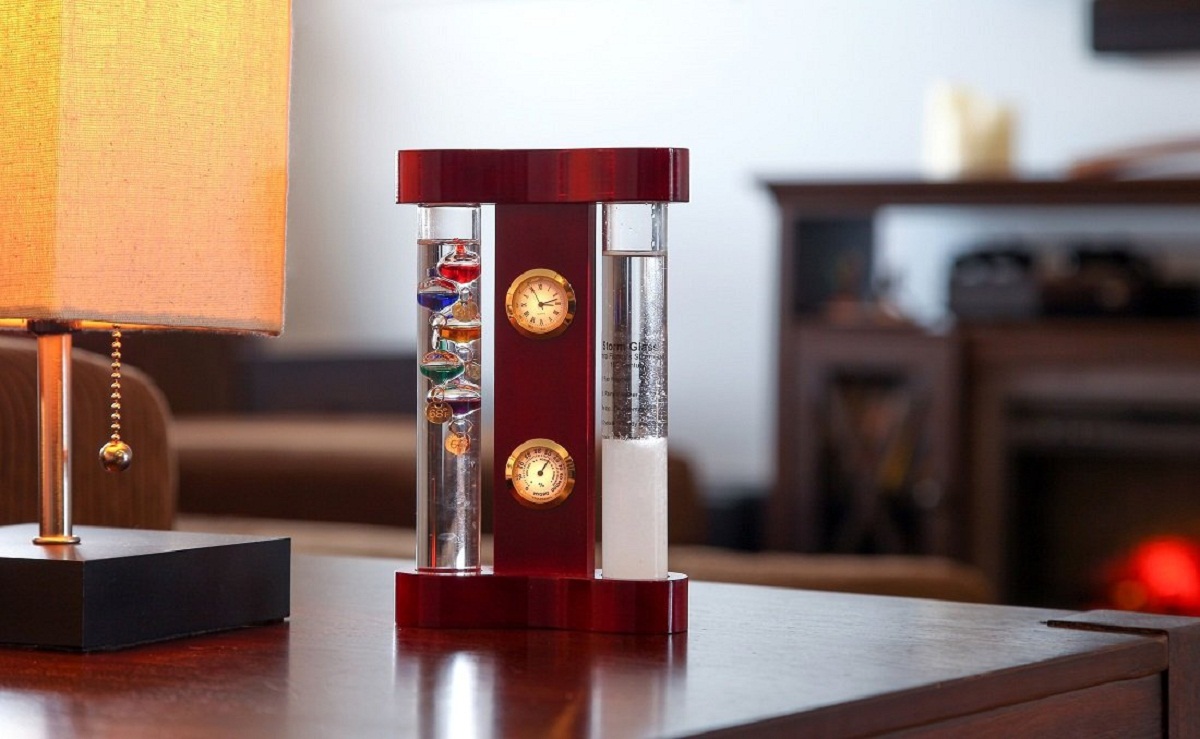

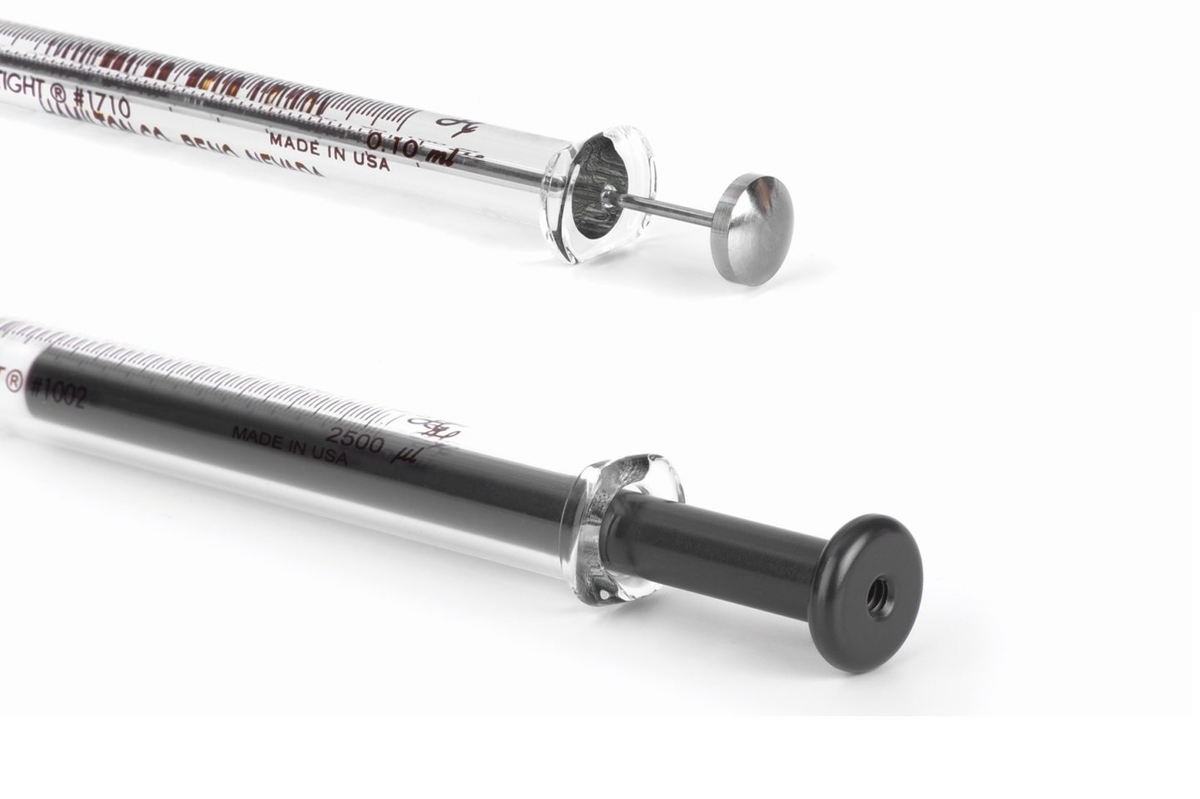


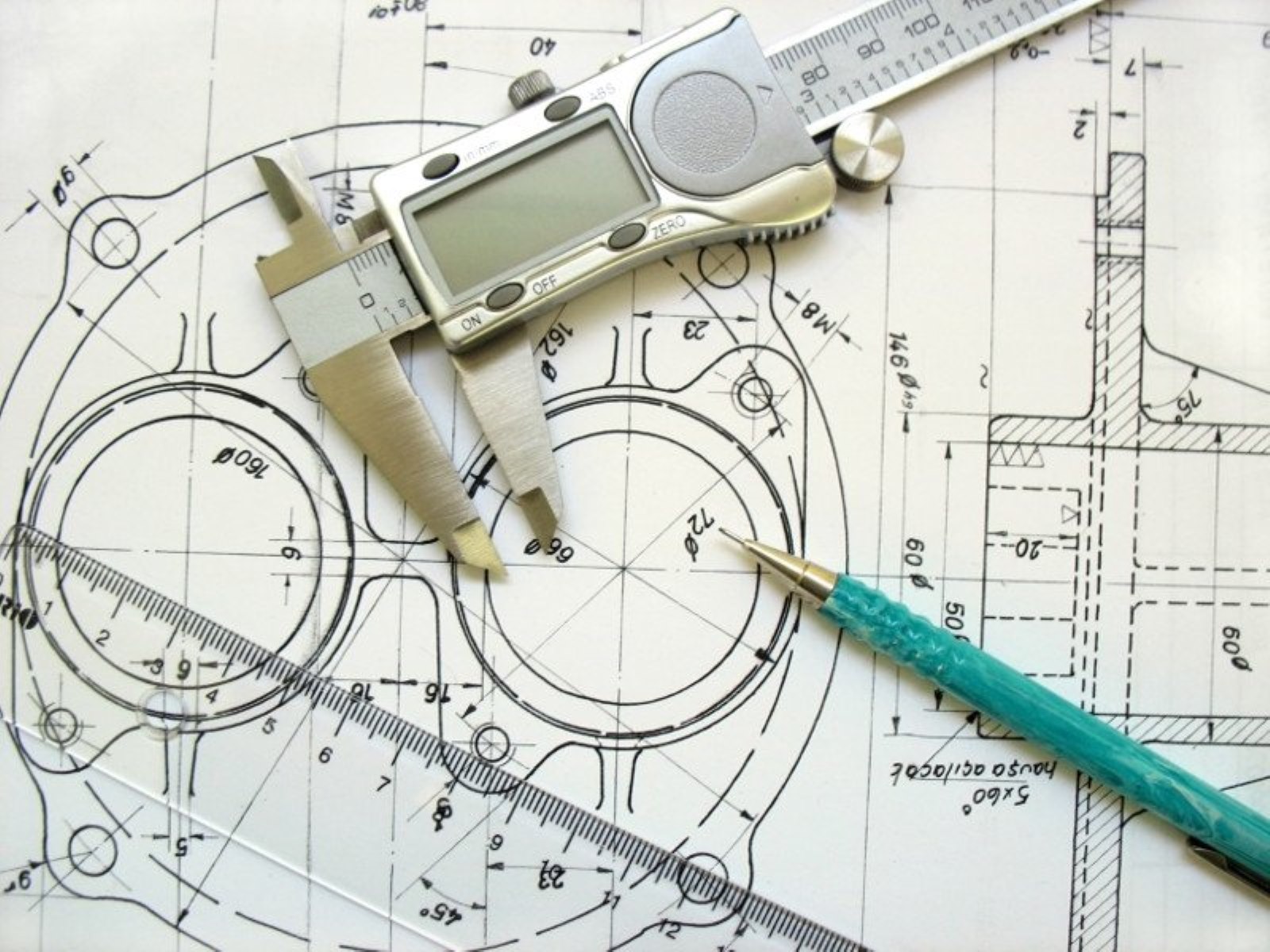

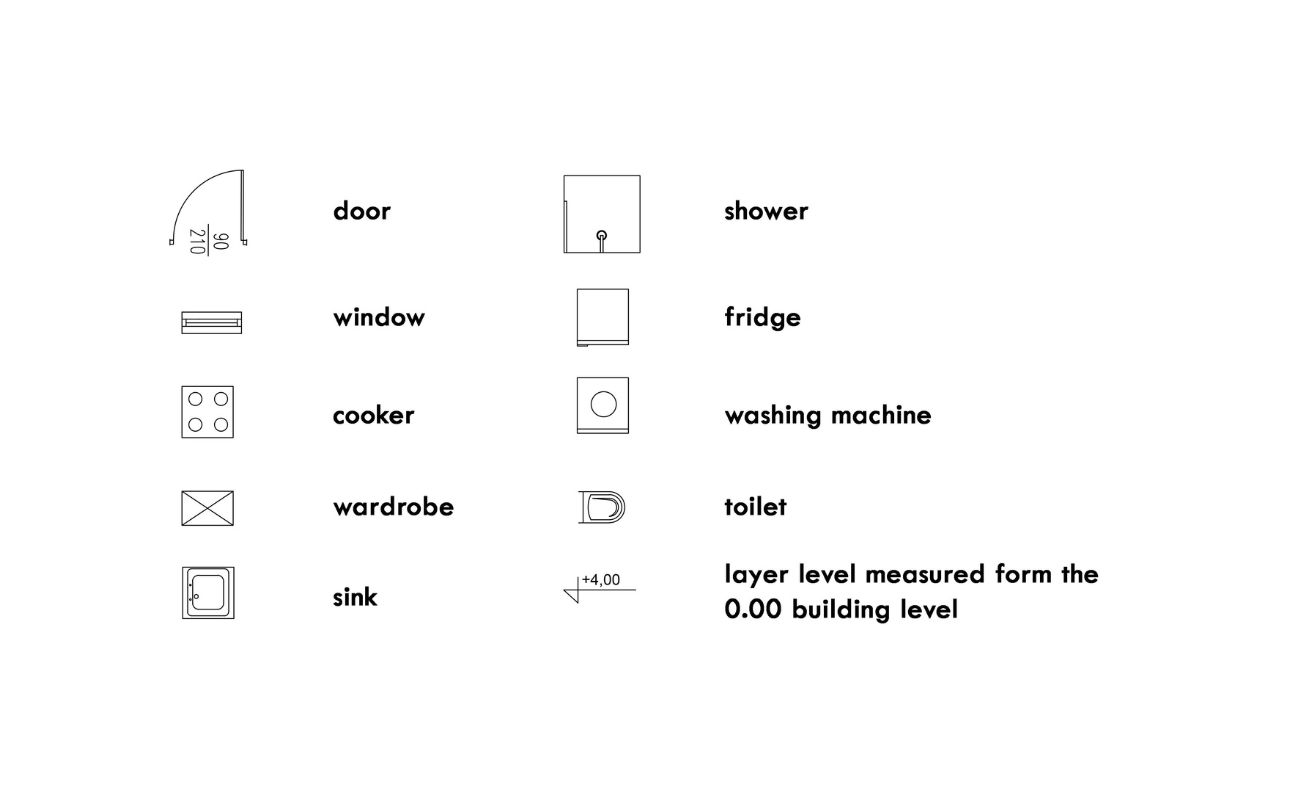
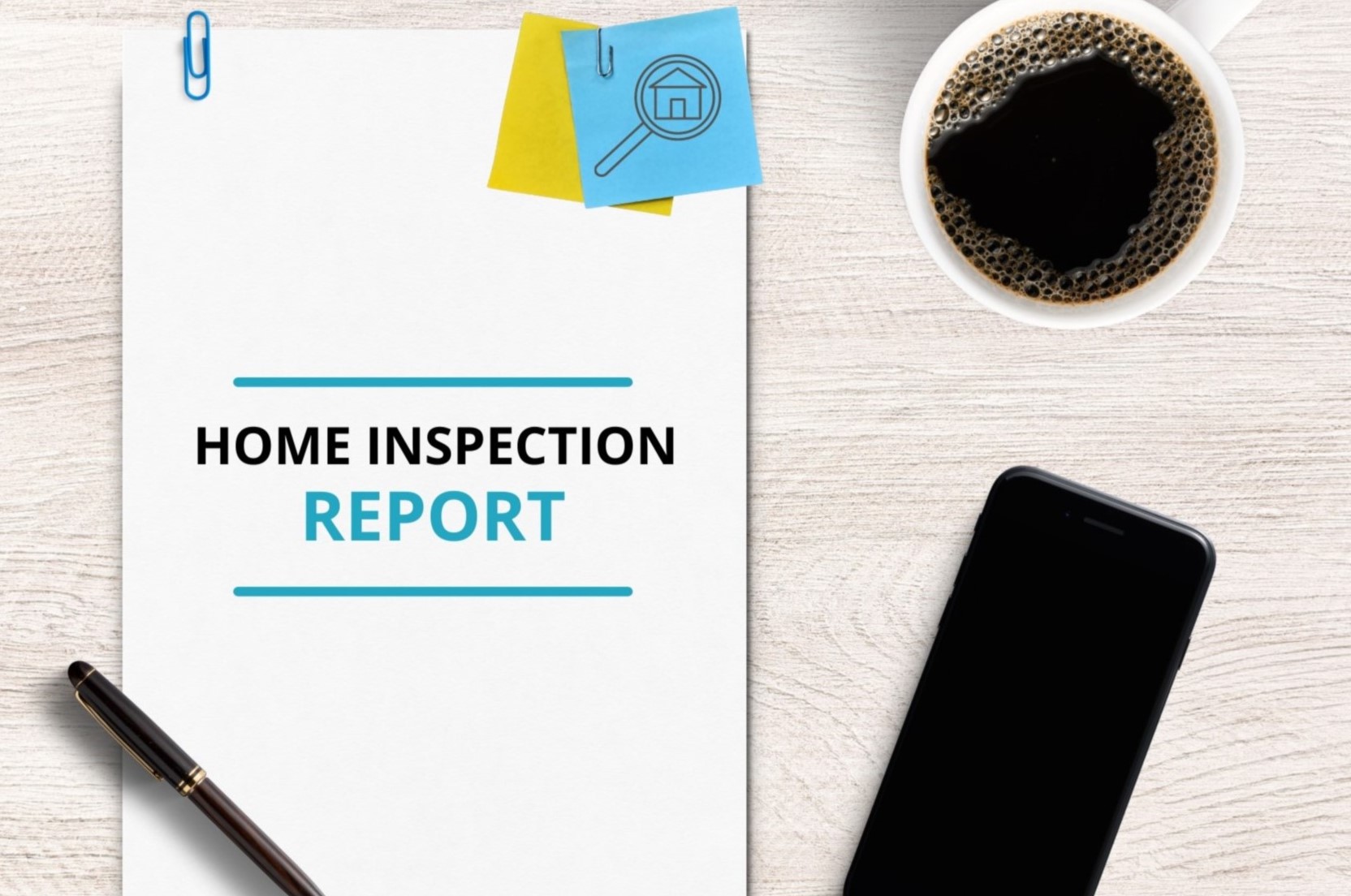
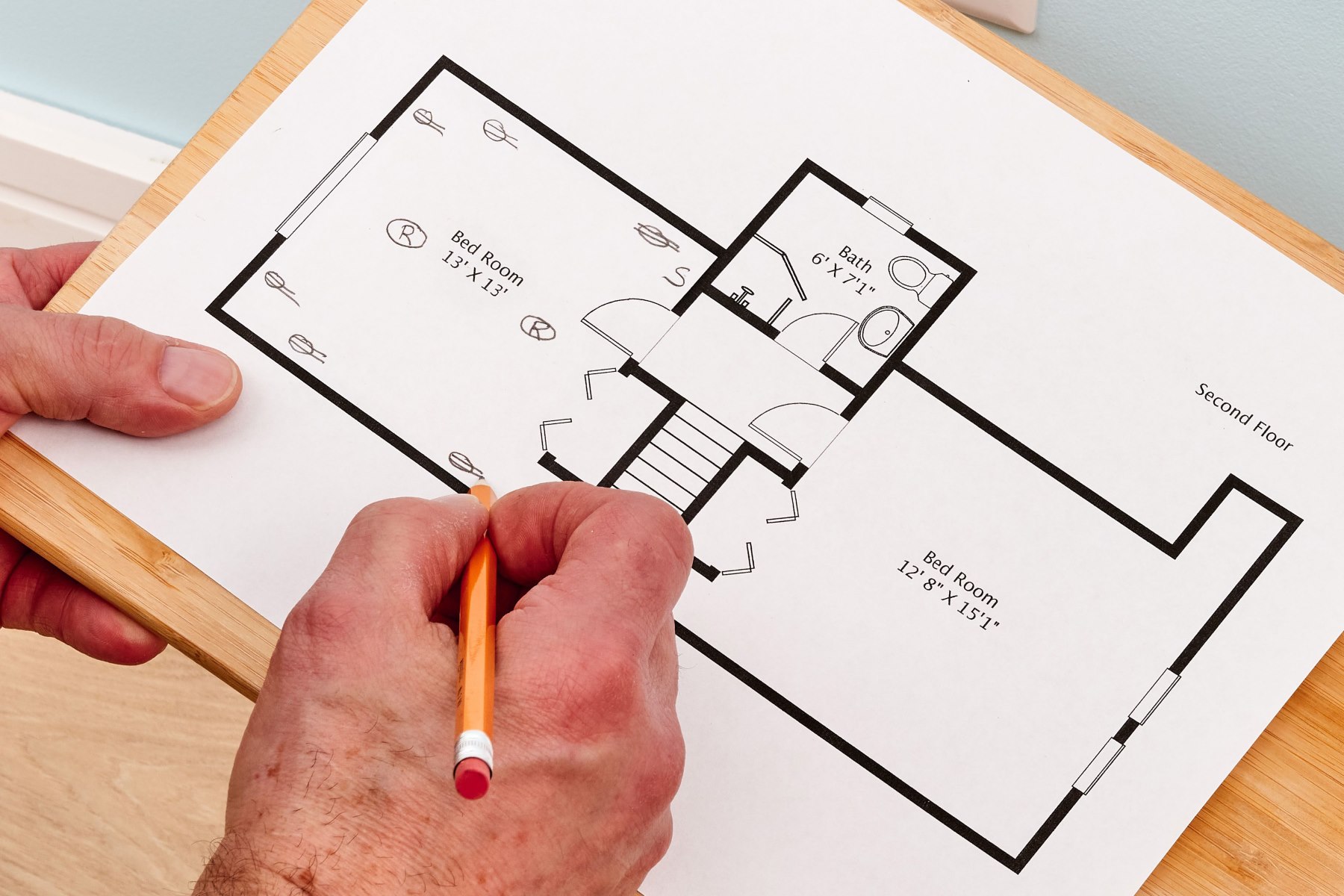


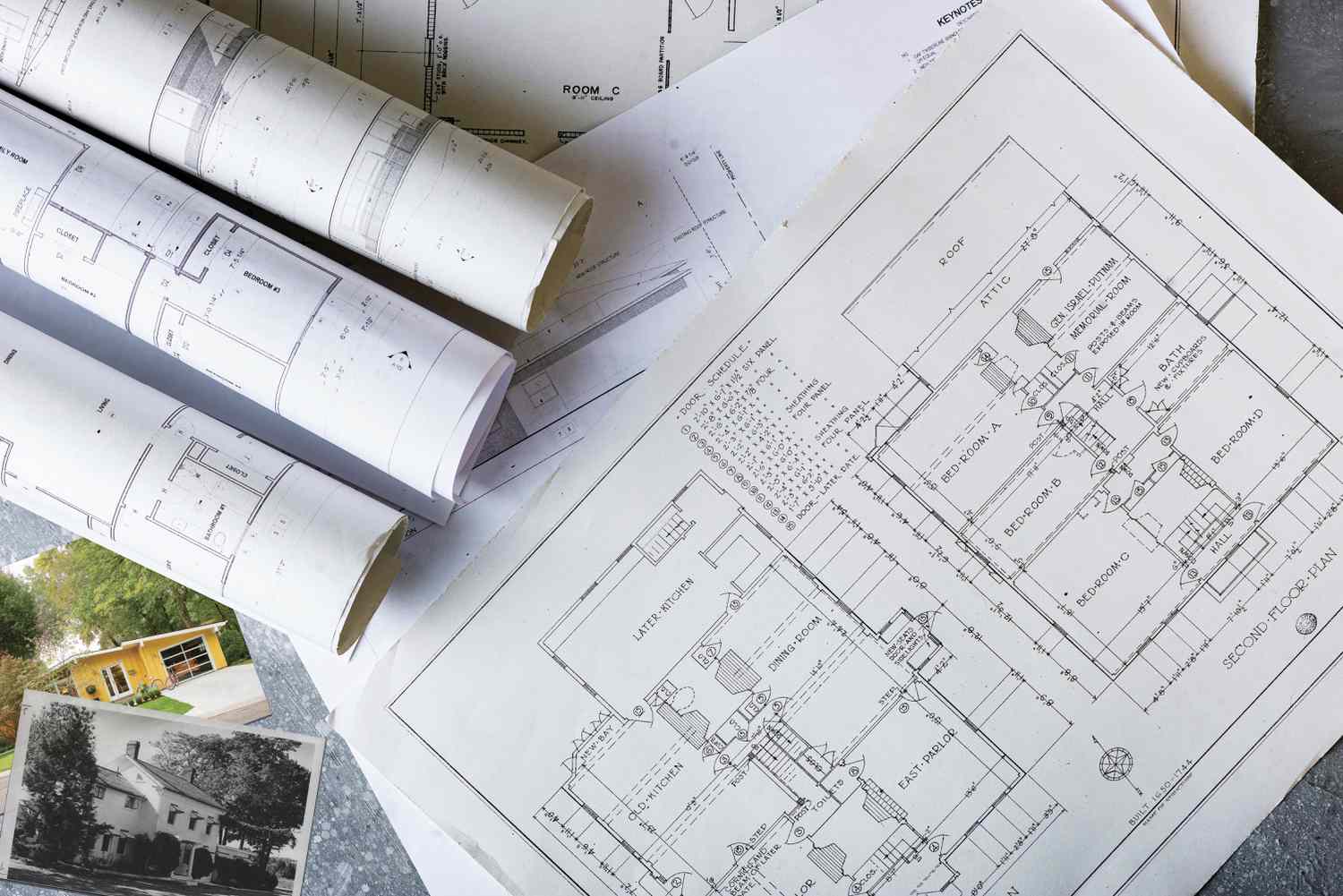


0 thoughts on “How To Read A Glass Barometer”